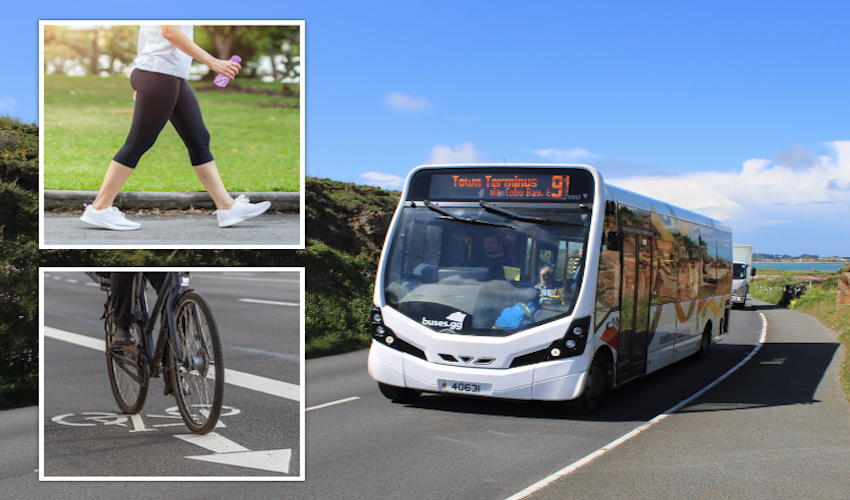


Efforts to encourage more people to cycle, walk, or use the bus instead of their cars appear to have worked during this year's Alternative Transport Week.
Data collated between 20 and 24 May is said to prove that it was a "huge success" with people "really getting behind the initiative".
Organised by The Better Journey Project (BJP), Alternative Transport Week (ATW) is all about encouraging a change in commuting patterns.
The BJP team said the data its members collected on the final day of this year's ATW shows there has been "startling changes in commuting patterns" when compared with data collated on 19 occasions over the past two years.
All of the data is collected during morning commuting times with volunteers posted to set locations to count the different modes of transport passing them.
One team, posted to the Red Lion on Friday 24 May, recorded a 74% increase in the number of cyclists and a 21% increase in multi-occupancy cars compared to the previous month.
The total number of journeys were almost identical with the variety of transport choices noted instead.
In total, the BJP team said "this led to a reduction in road usage of over 5% while also benefiting the health and wealth of those traveling actively and reducing carbon emissions.
"We also saw a 50% increase in active travel compared to the average for 2022."

Pictured: Some of the data collection was carried out along the front as people commuted into St Peter Port during the morning rush hour.
The BJP team said they've recognised "an increasing appetite" for those who can, to travel more efficiently and actively despite only very small improvements in active travel infrastructure in the last few years.
Mark Smith, a committee member of the BJP said this is down to a variety of factors.
“This data confirms what we have been hearing and seeing on social media, with schools and firms taking active steps to embrace sustainable travel. Notably RBSI, Investec, DNA, and La Hougette schools all took specific steps to promote active travel.
"In addition, the overall increase in bike use and walking coupled with the reduction of single occupancy vehicles ultimately reduces journey time for those that need to use their vehicle such as commercial vehicles, buses, taxis, coaches and those with a disability.”
Lindsay de Sausmarez, President of the Committee for the Environment & Infrastructure added: “The recently published Better Transport Plan for the north of the island will (among other things) create safer conditions for people walking and riding bikes, which will support those wanting to make these types of journeys occasionally or more often. That will benefit all islanders, particularly those living in the north of the island – including those who want to drive.
"These statistics show that there is an increasing number of people choosing to share lifts in cars, ride a bike and walk, and we know from our own data that bus use also continues its upward trend, so measures to make all of these options more viable for more people more often will help to support more islanders to travel in the ways that best suit them and their individual journeys. We are particularly interested in the analysis from the Red Lion monitoring point, as this is on the main commuter corridor between the north of the island and Town.”
Over the 6 monitoring points around St Peter Port:
At the Red Lion:
Guernsey gears up for alternative transport week
Commuters challenged to ditch the car
Change in journey choice needed as house building drive gathers momentum
Comments
Comments on this story express the views of the commentator only, not Bailiwick Publishing. We are unable to guarantee the accuracy of any of those comments.